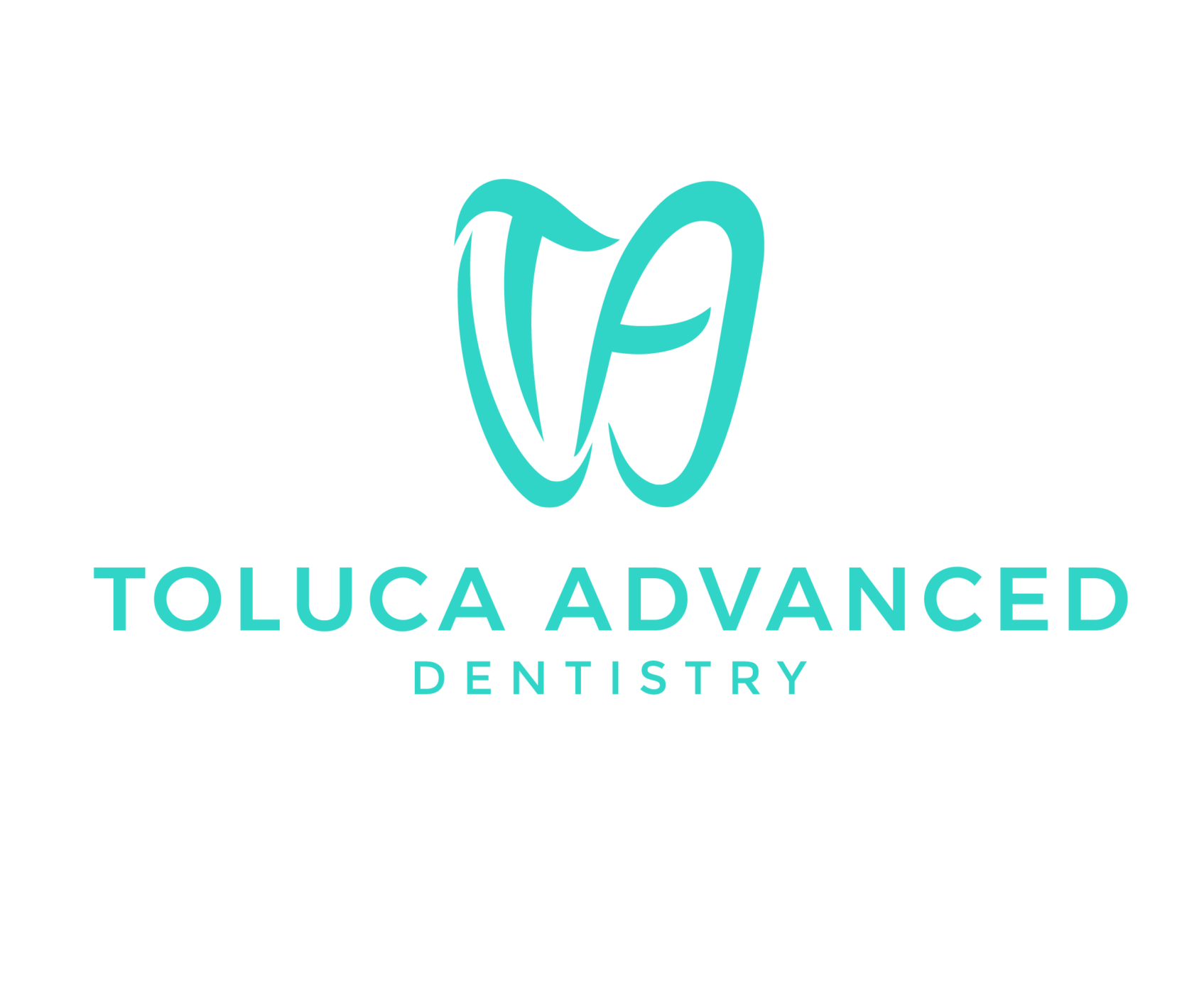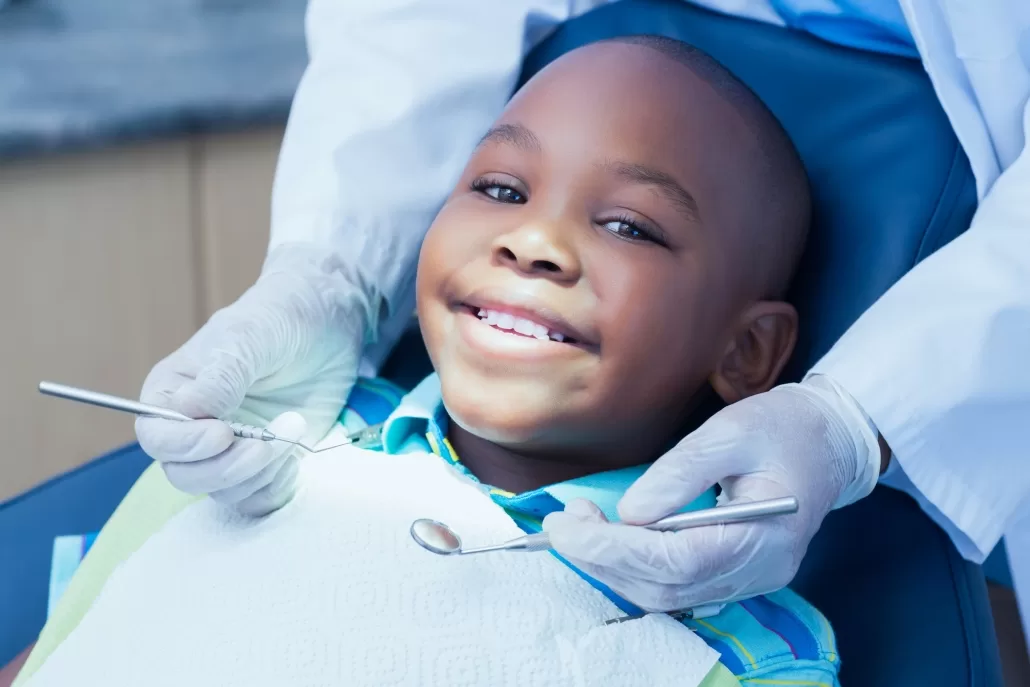Regular dental checkups are an important part of preventive health care. The dentist will clean your baby’s teeth at each checkup and assess the risk of tooth decay. Every dentist takes a different approach to check a child’s teeth. In the process of checking children’s teeth, the dentist may apply a variety of protective measures such as the use of dental floss or sealant and fluoride therapy to reduce the risk of caries. X-ray radiographic procedures and other diagnostic procedures may also be included in the child’s dental examination.
Most likely, the dentist will explain to your child the proper diet and oral hygiene habits and proper brushing or flossing techniques during the child’s dental checkup. Another topic that the dentist teaches the child during the dental check-up is the methods of preventing oral injuries.
Regular dental checkups help keep your baby’s mouth and teeth healthy. Regular dental checkups give your child’s dentist the opportunity to provide guidance on caring for your child’s teeth, as well as early detection of any problems at the best possible time.
How often should a dental check-up be performed?
The answer to the question of how often your child needs a checkup is determined by a number of factors, including age, health, and the risk of tooth decay.
Ages 6 months to 1 year: Doctors recommend that the baby’s first dental check-up be performed as soon as the first tooth erupts. Your baby’s teeth and gums are also expected to be thoroughly examined in a thorough checkup.
Dentists recommend regular scheduling of dental checkups at regular intervals every 6 months for school children. However, your dentist may recommend shorter intervals or more frequent examinations, taking into account the risk factors for your child’s oral health.
Before planning your child’s first dental checkup, consider whether it is easier to see your family doctor or take your child to a pediatric dentist (a dentist who specializes in pediatric orthopedics from infancy to adolescence). Pediatric offices and dental equipment are usually designed for children’s tastes.
To help prepare your child for a dental checkup, do the following:
Schedule dental appointments carefully: Schedule your child’s dental check-up at an hour of the day when he or she is completely rested and is likely to work with the dentist.
Avoid using words such as pain or injury when talking to your child about dental checkups. Instead, tell your child that the dentist will use special tools to make sure his or her teeth are healthy.
Remind your child that you are also going to the dentist, but do not talk about your negative dental experiences.
Listen to your child. Encourage your child to talk to you about any fears they may have about going to the dentist or having a dental checkup.
What happens to your child during a dental check-up depends a lot on the child’s age and treatment needs.
For a checkup, your dentist may place your child on a table or hold your child in your lap. The dentist or oral health professional will then probably do the following:
Assess your child’s oral health and general health, your child’s eating, and drinking habits, and the risk of tooth decay
Cleaning plaque or stains on a child’s teeth with a gentle abrasion of a damp toothbrush
Demonstrate appropriate methods of brushing teeth
Check the amount of fluoride your child receives through their diet and use oral hygiene products and, if necessary, prescribe fluoride supplements or topical fluoride treatment on your child’s teeth.
Examination and search for any pests or bumps on the tongue, inside the cheek and roof of the child’s mouth
Investigating the effect of habits such as thumb and pacifier sucking on baby’s dental health
The dentist will continue to assess your child’s oral health and general health, eating and drinking habits, and the risk of tooth decay during each regular checkup. In addition to cleaning your child’s teeth, your dentist or oral hygienist may do the following:
Use X-rays of the teeth or, if necessary, perform other diagnostic procedures
Apply sealant (thin coating and plastic protective) on permanent teeth and other teeth that are susceptible to caries.
Correction of any cavities or dental defects
Check for any problems in the lower and upper teeth and the order and order of the child’s teeth next to each other
Inform your child about the consequences of sucking on a thumb, tooth, toothpick, or nail
Prescribe pre-orthodontic treatments such as mouth guards, or orthodontic braces to straighten your child’s teeth and correct misaligned teeth, as well as close gaps between teeth and correct disorders.


